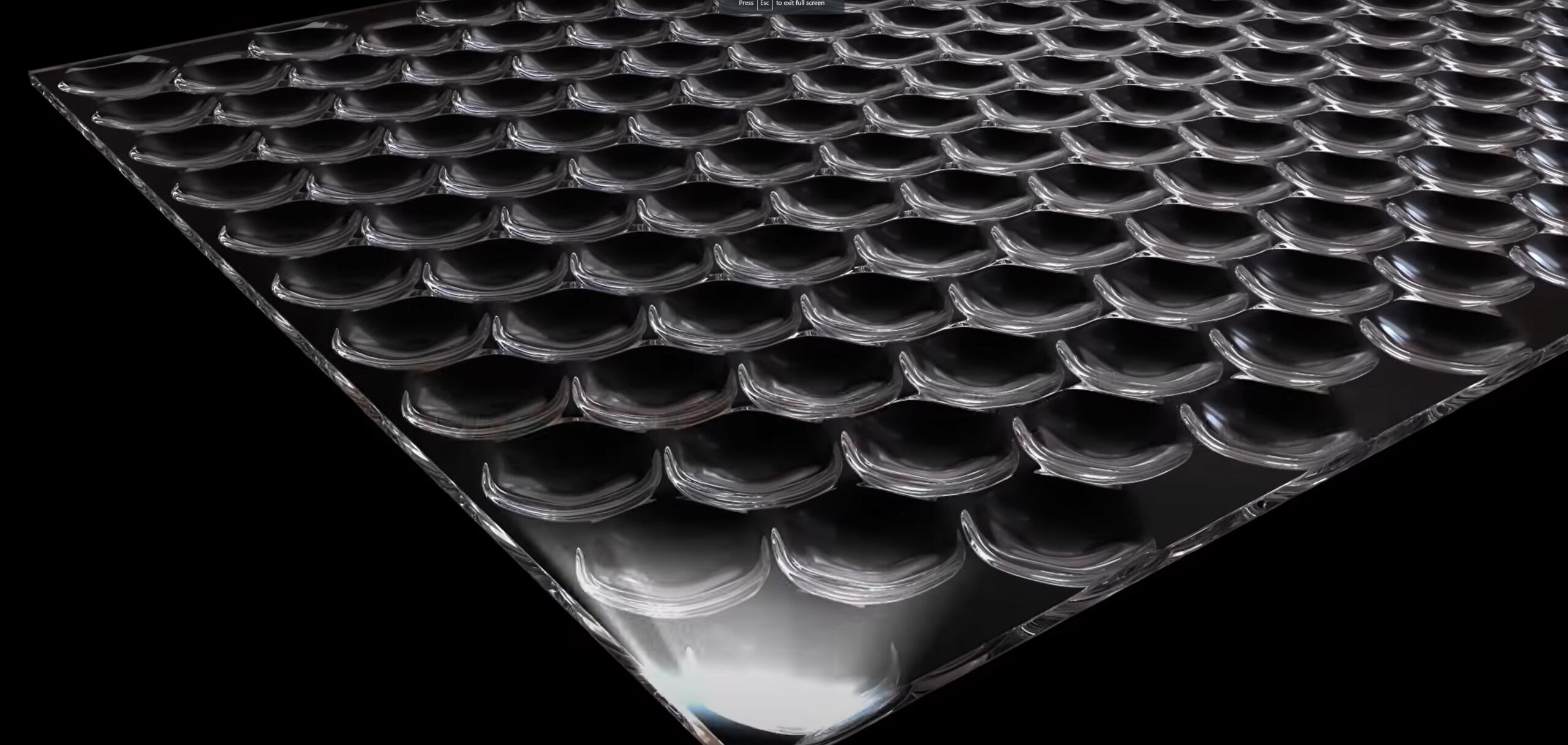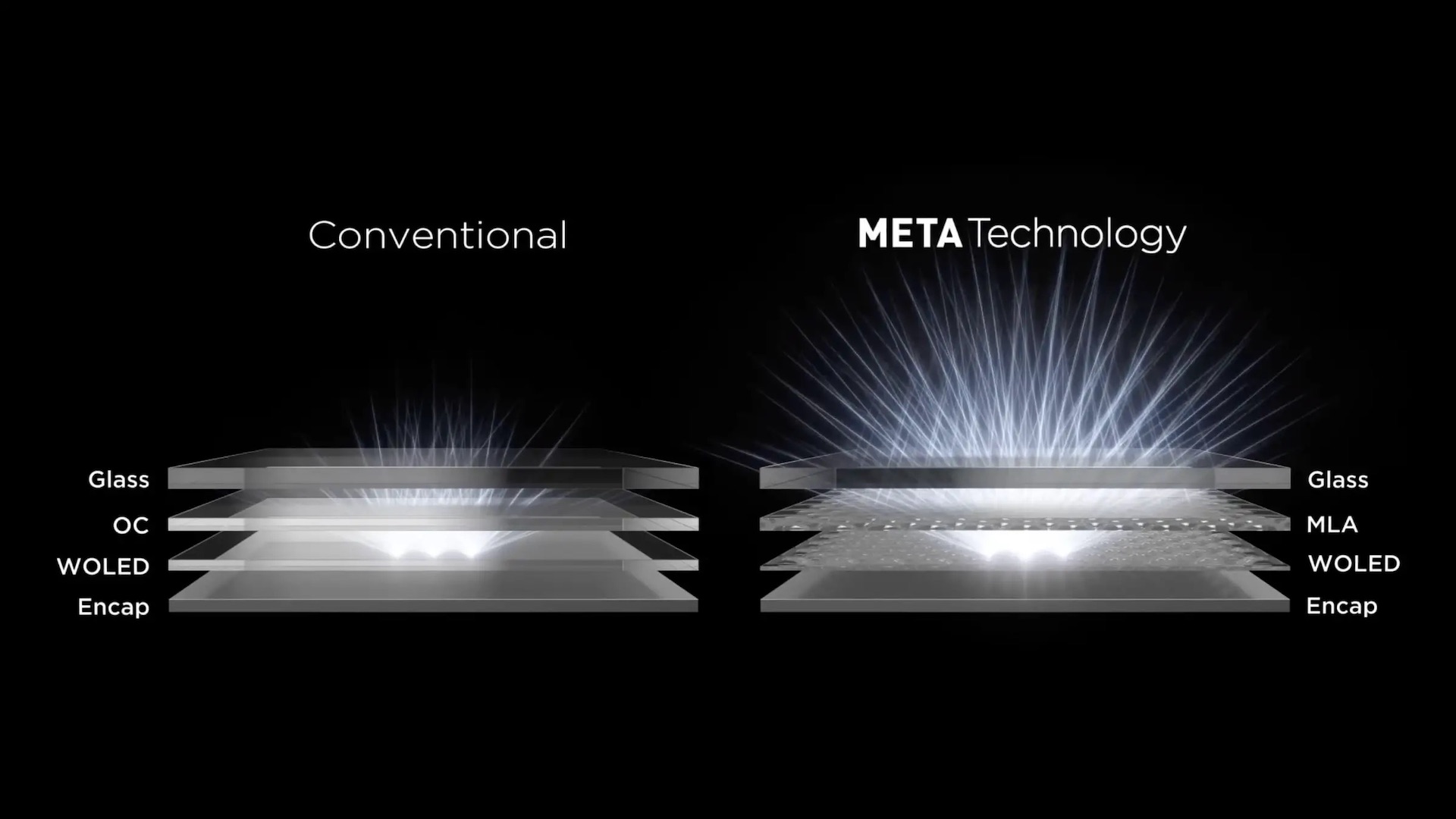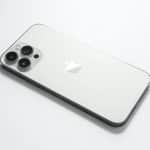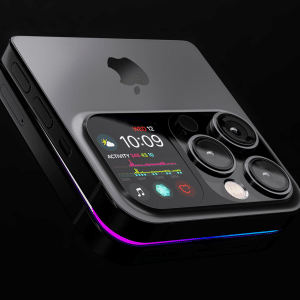Apple is said to be contemplating the incorporation of micro-lens technology to either enhance brightness or save power in OLED displays for its next-generation iPhone 16, as per a report by Korean media outlet, The Elec. Suppliers Samsung and LG have reportedly proposed the application of micro-lens arrays (MLA) to these OLED panels, although the technology comes with its own sets of advantages and disadvantages that Apple must weigh.
The MLA technology functions by using billions of microscopic lenses integrated into the panel to minimize internal reflections. These lenses redirect the light that would usually be reflected internally back towards the screen. This can serve dual purposes: either amplifying the screen’s brightness without elevating power consumption or maintaining existing brightness levels while requiring less energy than standard OLED panels.
However, there are caveats to consider. While MLA can enhance frontal brightness, it could limit side luminance, thus narrowing the display’s field of view for users. Additionally, the adoption of this technology would inevitably escalate manufacturing costs. Currently, the material sets provided by Samsung and LG do not meet Apple’s stringent quality standards, and a final decision has not been made concerning the adoption of MLA.

Another layer of complexity involves Samsung and LG’s differing expertise in MLA technology. Samsung has previously employed it in its Galaxy S Ultra models and supplied MLA-applied OLED panels to Chinese vendors like Vivo. LG, on the other hand, has utilized MLA in its larger OLED smart TVs but lacks experience in adapting the technology for smaller panels.
Apple’s decision will likely depend on whether OLED material sets can be refined further before iPhone 16 mass production kicks off in the latter half of 2024.

The technology’s adoption may be deemed worthwhile if it can maintain or boost display brightness at a lower power consumption rate, without significantly narrowing the viewing angle.












